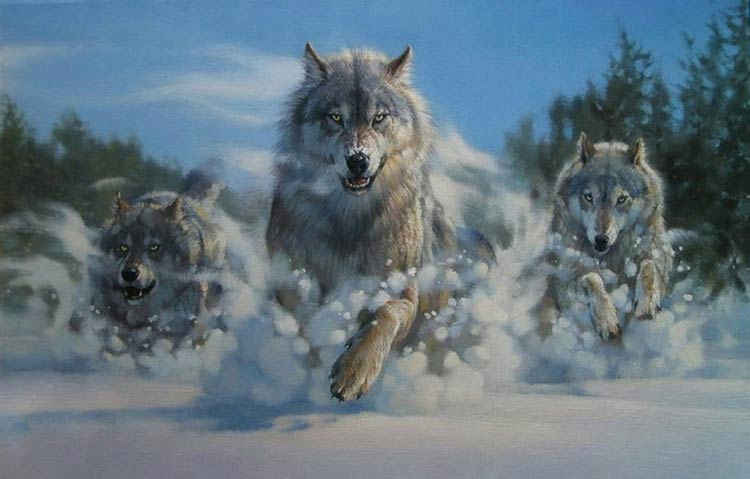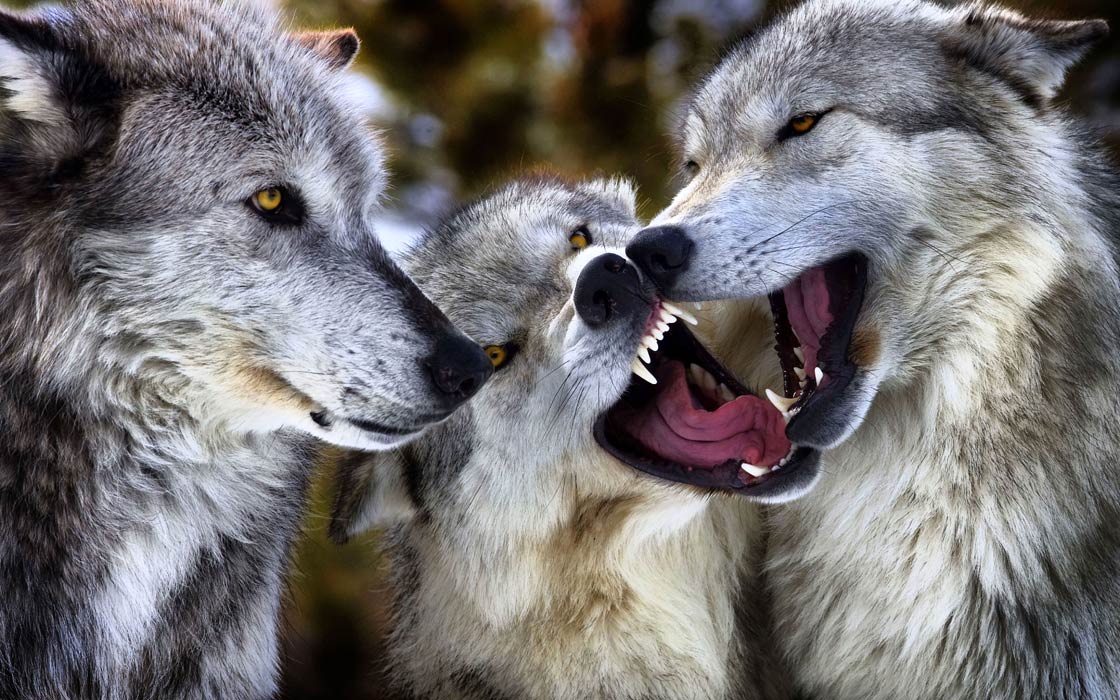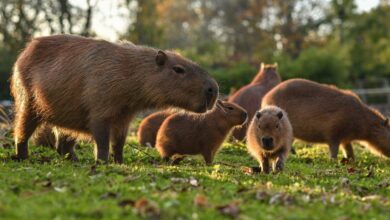Interesting Facts About Wolves
You’ve probably heard a wolf’s haunting howl or marveled at their piercing eyes in photos, but there’s so much more to these remarkable creatures than meets the eye. While wolves are often misunderstood or villainized in popular culture, science tells a more compelling story – one of intelligence, social bonds, and their vital role in ecosystems. From their sophisticated communication to their surprising problem-solving abilities, wolves reveal a depth of complexity that continues to intrigue researchers and inspire conservation efforts.
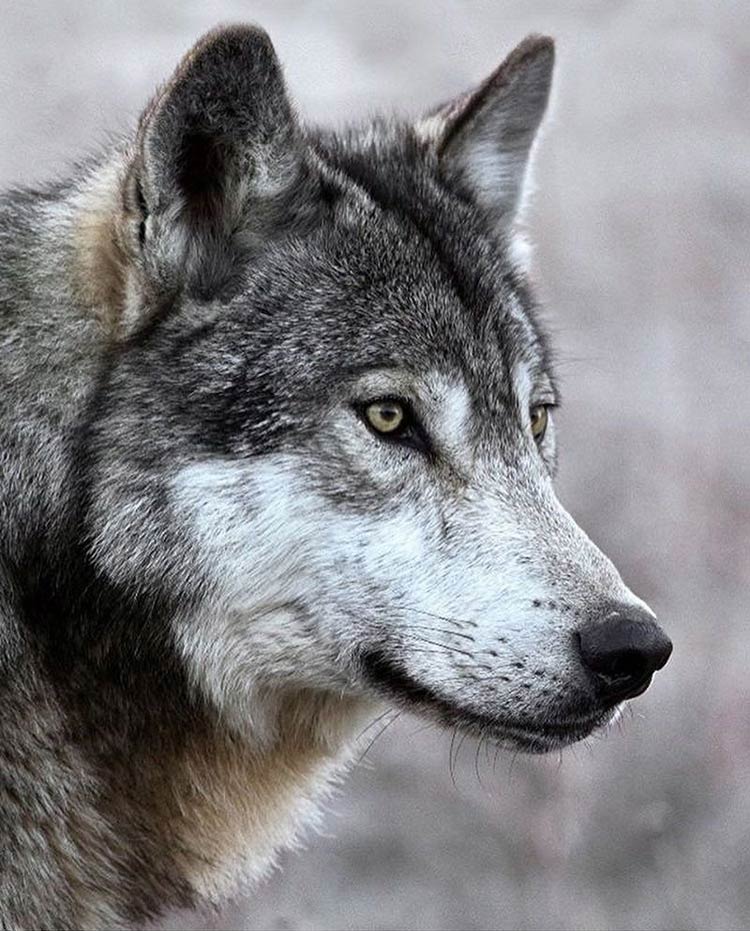
1. Wolves Are Highly Social Animals
Contrary to their fearsome reputation, wolves are among nature’s most social creatures, living in tightly knit family groups called packs. These packs aren’t just random collections of individuals—they are structured units with clear leadership roles and cooperative behaviors that ensure survival.
Each member of a wolf pack has a unique role, from hunters to caregivers, demonstrating extraordinary teamwork. Wolves work together to raise pups, care for injured members, and share resources. Their cooperation during hunts is especially striking, as they use advanced strategies to take down prey larger than themselves. This level of social intelligence underscores their adaptability and highlights the depth of their emotional bonds.
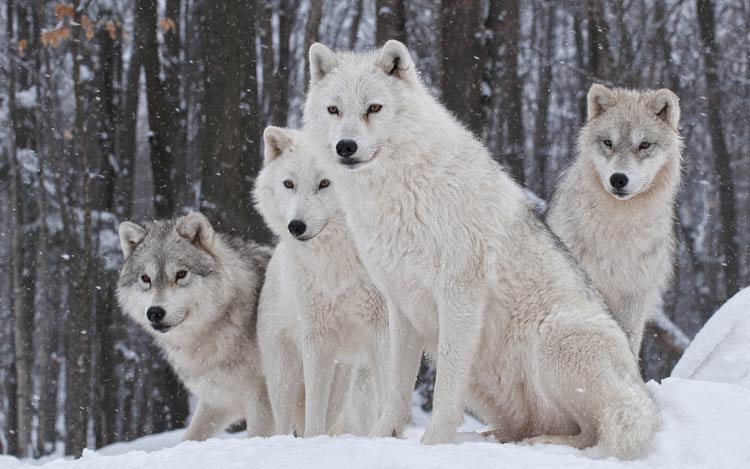
2. Myth: Wolves Are Lone Wolves
The term “lone wolf” might evoke images of solitary hunters prowling the wilderness, but in reality, wolves thrive on cooperation and social interaction. While a lone wolf does exist, it’s usually a temporary status for a young adult seeking a mate or new territory.
Wolves are far more successful when they work as a team. From defending territory to hunting larger prey, pack dynamics allow wolves to achieve what solitary individuals cannot. This intricate social structure, rooted in loyalty and collaboration, is key to their survival and success in the wild.
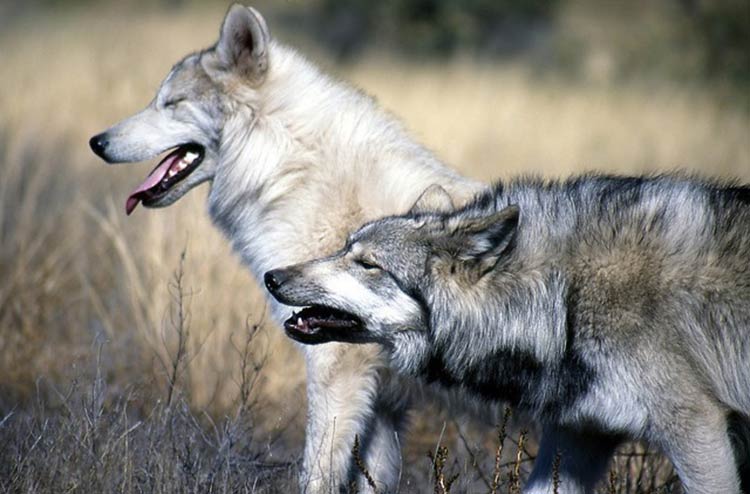
3. Wolves in Modern Entertainment
Wolves have long prowled the landscapes of folklore and mythology, but their presence in modern entertainment continues to evolve. Whether portrayed as cunning villains or noble guardians, these animals remain a compelling symbol of strength, mystery, and survival.
- Animated Films: The classic “Big Bad Wolf” trope persists in animated films, where wolves embody deception and greed, often pitted against defenseless characters. These portrayals reinforce an age-old narrative, casting wolves as tricksters who must be outwitted rather than understood.
- Video Games: Many role-playing and adventure games feature wolves as both allies and adversaries. In some, they serve as loyal companions, guiding players through treacherous landscapes. In others, they are formidable foes, testing a player’s survival instincts. Their presence in gaming often highlights their raw power, intelligence, and deep connection to nature.
- Graphic Novels and Comics: From werewolves to shape-shifters, wolves frequently appear in stories that blur the line between humanity and the wild. These characters reflect both the fear and admiration that wolves inspire, symbolizing primal instincts, transformation, and the tension between civilization and nature.
While these representations add intrigue to storytelling, they rarely capture the true nature of wolves. Unlike their fictional counterparts, real wolves rely on cooperation, intelligence, and social bonds to thrive. Understanding this distinction allows us to appreciate both the myth and the reality, enriching our view of one of nature’s most fascinating predators.
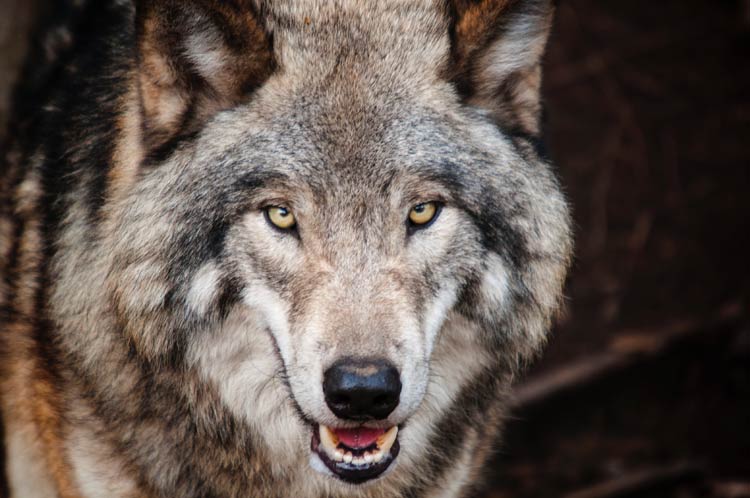
4. Wolves Are Symbols of Freedom and Wildness
Across cultures, wolves have long been symbols of untamed wilderness, courage, and independence. Their representations vary widely, reflecting both admiration and fear:
- Norse mythology: Wolves like Fenrir symbolized both chaos and strength.
- Native American traditions: Wolves were often seen as spiritual guides or teachers.
- Celtic beliefs: Wolves represented the liminal space between life and death, often acting as guides to the afterlife.
However, wolves have also been portrayed in a darker light, embodying greed and insatiability in certain myths and stories. The greedy wolf often appears as a symbol of unchecked ambition or destructive desire. For example, the “Big Bad Wolf” in fairy tales epitomizes greed and deception, while Geri and Freki, Odin’s wolves, are sometimes associated with insatiable hunger and voracity.
These cultural interpretations highlight humanity’s complex relationship with wolves, blending respect, awe, fear, and mythology.

5. Myth: Wolves Are Cruel and Vicious
The portrayal of wolves as ruthless predators is a product of folklore, not science. In reality, wolves are calculated hunters, taking only what they need to survive. Their hunting strategies are not acts of cruelty but carefully executed methods to maintain balance within ecosystems.
Far from being indiscriminate killers, wolves play a crucial ecological role by preying on weak or sick animals. This helps control prey populations and ensures healthier herds. Wolves also avoid human contact whenever possible, contradicting the fear-based narratives that have persisted for centuries.
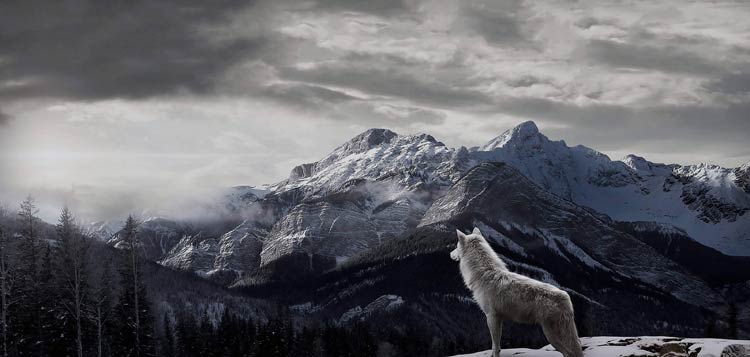
6. Wolves Are Essential for Ecosystem Health
Wolves are apex predators, and their presence has a profound impact on ecosystems. Through their interactions with prey species, they influence vegetation growth, water quality, and biodiversity.
- Prey control: Wolves prevent herbivores like deer and elk from overgrazing, allowing vegetation to recover.
- Behavioral shifts: Their presence creates a “landscape of fear,” prompting prey to move more frequently, which benefits plant regrowth.
- Biodiversity boosts: Healthy plant life supports more insects, birds, and smaller mammals, creating a cascading effect throughout the ecosystem.
Wolves’ ability to restore balance was famously demonstrated in Yellowstone National Park, where their reintroduction transformed the landscape and revitalized biodiversity.
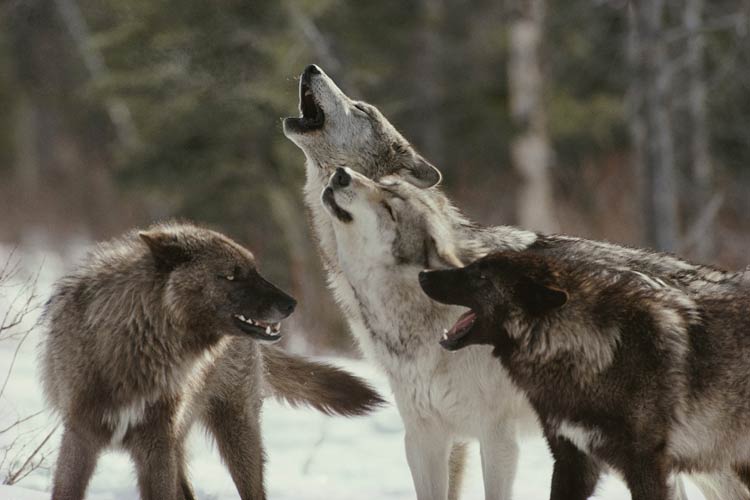
7. Wolf Populations Face Conservation Challenges
Despite their ecological importance, wolves face significant threats, including habitat loss, human-wildlife conflicts, and illegal hunting. Urban expansion and agriculture fragment their natural territories, making it harder for wolves to maintain genetic diversity and healthy populations.
Efforts to conserve wolves often encounter resistance from communities concerned about livestock predation. However, strategies like compensation programs, protective fencing, and coexistence education are helping bridge the gap between conservationists and local stakeholders.
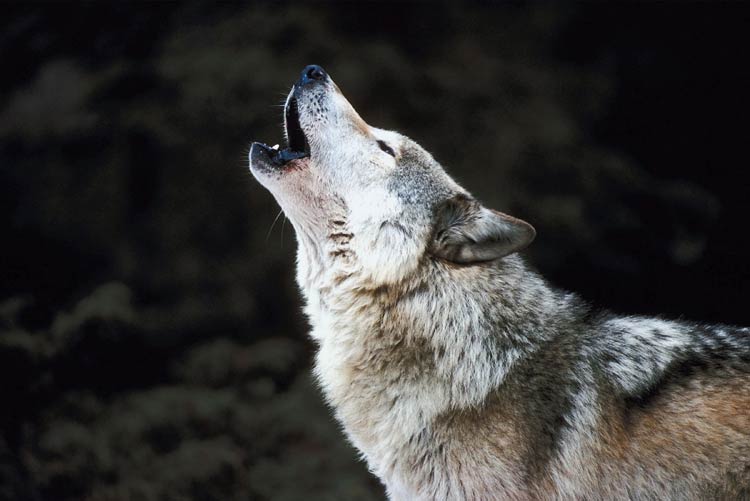
8. Wolves Are Highly Intelligent
Wolves are exceptionally intelligent, displaying problem-solving skills and adaptability that rival those of many domesticated animals. Their strategic hunting techniques often involve using environmental features, like wind direction or natural barriers, to their advantage.
- Social learning: Wolves learn from one another, passing down successful behaviors within the pack.
- Food caching: They hide surplus food in carefully selected spots and remember these locations for later.
- Risk assessment: Wolves evaluate the terrain, prey behavior, and pack dynamics before making decisions.
These cognitive abilities enable wolves to thrive in diverse and often challenging environments.
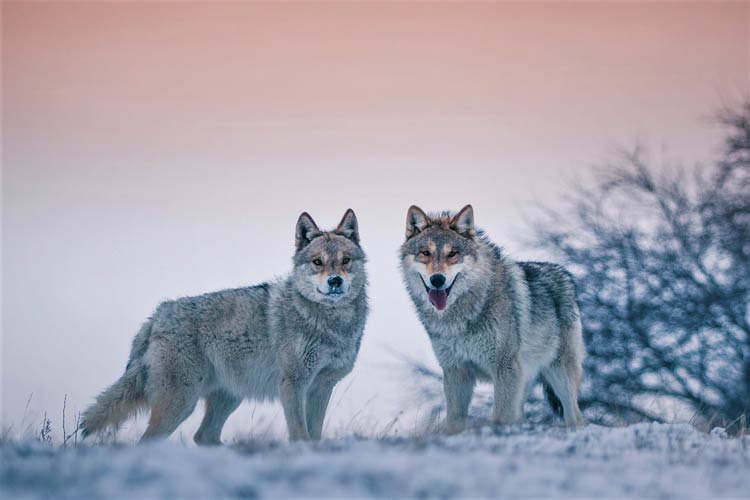
9. Myth: Wolves Are a Major Threat to Livestock
While wolves occasionally prey on livestock, the scale of these incidents is often exaggerated. Research shows that wolves primarily hunt wild prey, and conflicts with livestock are relatively rare when preventive measures are in place.
- Effective deterrents: Guard animals, electric fencing, and strategic grazing practices significantly reduce predation.
- Compensation programs: Many regions offer financial support to farmers for verified losses.
- Education and coexistence: Teaching ranchers about wolf behavior fosters better understanding and cooperation.
By focusing on coexistence strategies, it’s possible to protect both wolves and agricultural interests.
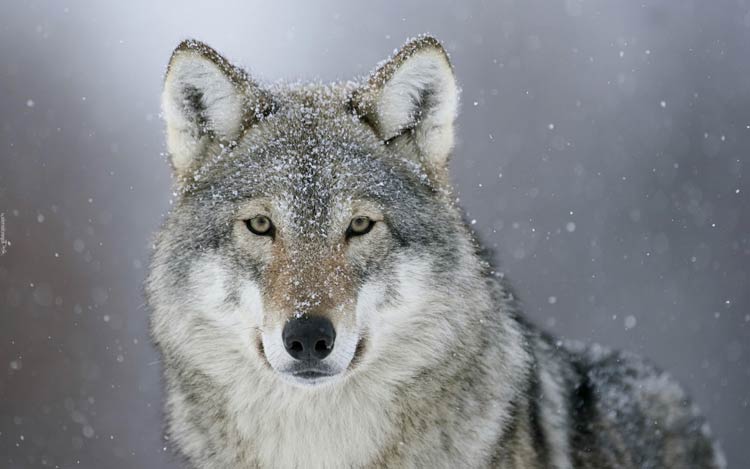
10. You Can Help Protect Wolves
Conservation starts with awareness. Supporting organizations that work to preserve wolf habitats and educate communities is a powerful way to make a difference. Here are some actionable steps:
- Donate: Contribute to wildlife conservation groups focused on wolves.
- Advocate: Encourage policies that protect wolves and their habitats.
- Educate: Share accurate information to counter myths and misconceptions.
- Engage: Participate in citizen science projects or report wolf sightings to wildlife authorities.
Every effort, no matter how small, contributes to ensuring these incredible animals remain an integral part of our ecosystems.
